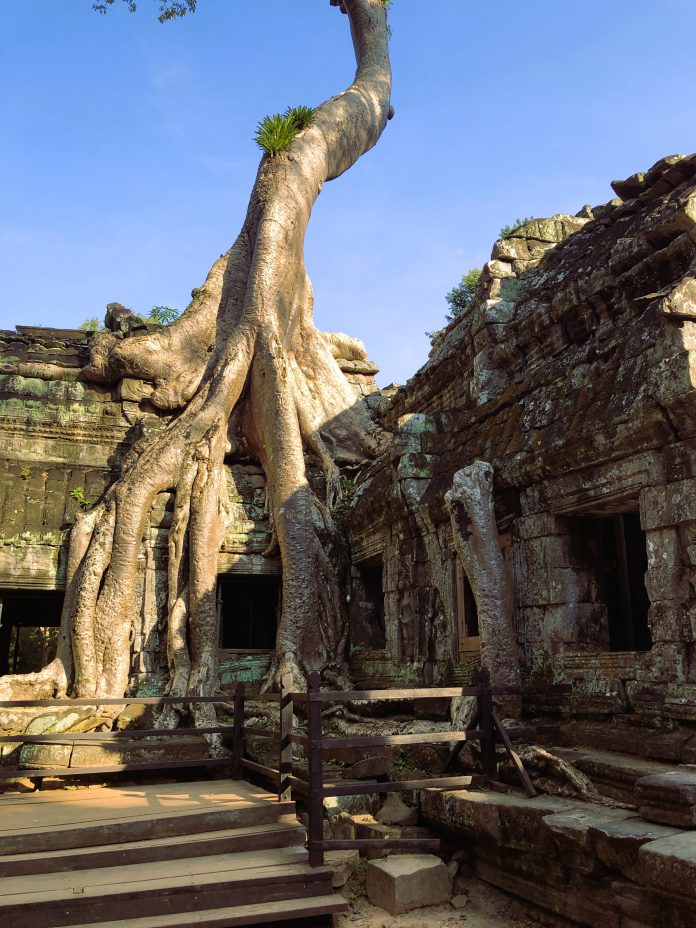Have you ever wondered what those incredible, otherworldly trees are that seem to grow right out of the ancient ruins of Angkor Wat or Ta Prohm in Cambodia? You know, the ones with roots so massive they look like they’re holding the stones together—or pulling them apart? Well, today, we’re talking about those enigmatic plants: strangler figs.
These trees don’t just grow—they conquer. They start life as tiny seeds, lodged in the bark of other trees or even the cracks of ancient stone walls. From there, they weave their way into history, folklore, and ecosystems around the globe. But here’s the twist—they’re not just ruthless killers. Strangler figs are also life-givers, stabilizing ecosystems and sustaining wildlife.
So, what exactly are strangler figs? How do they grow? How long do they live? And why do they have such a fascinating relationship with both nature and human history?”
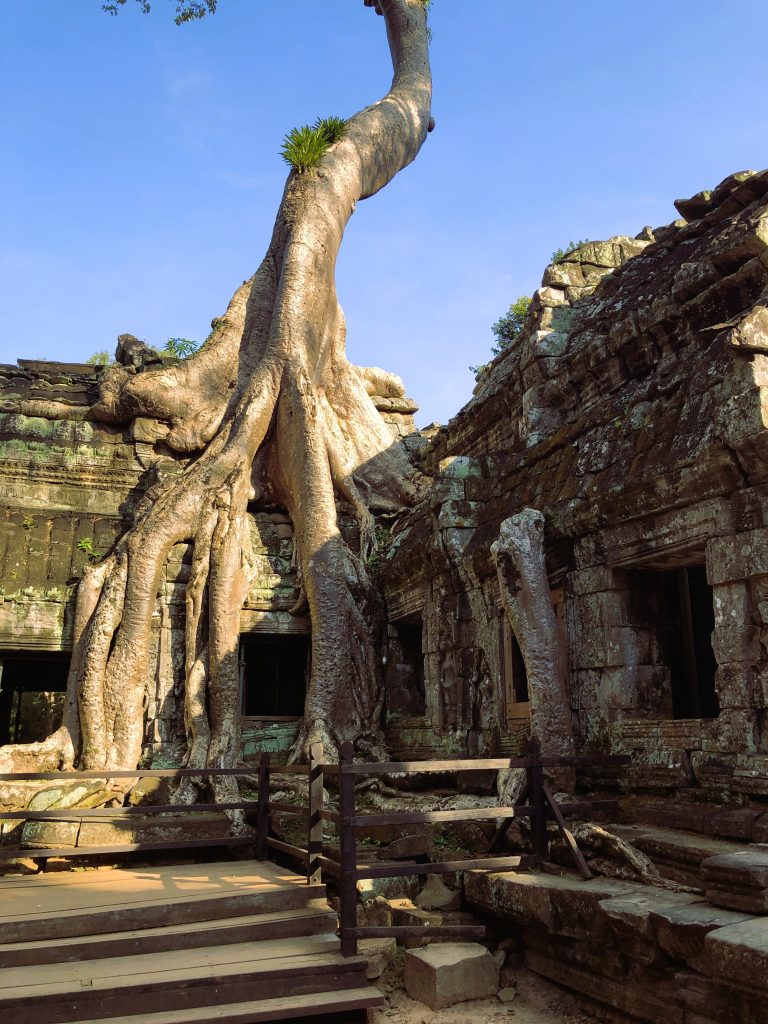
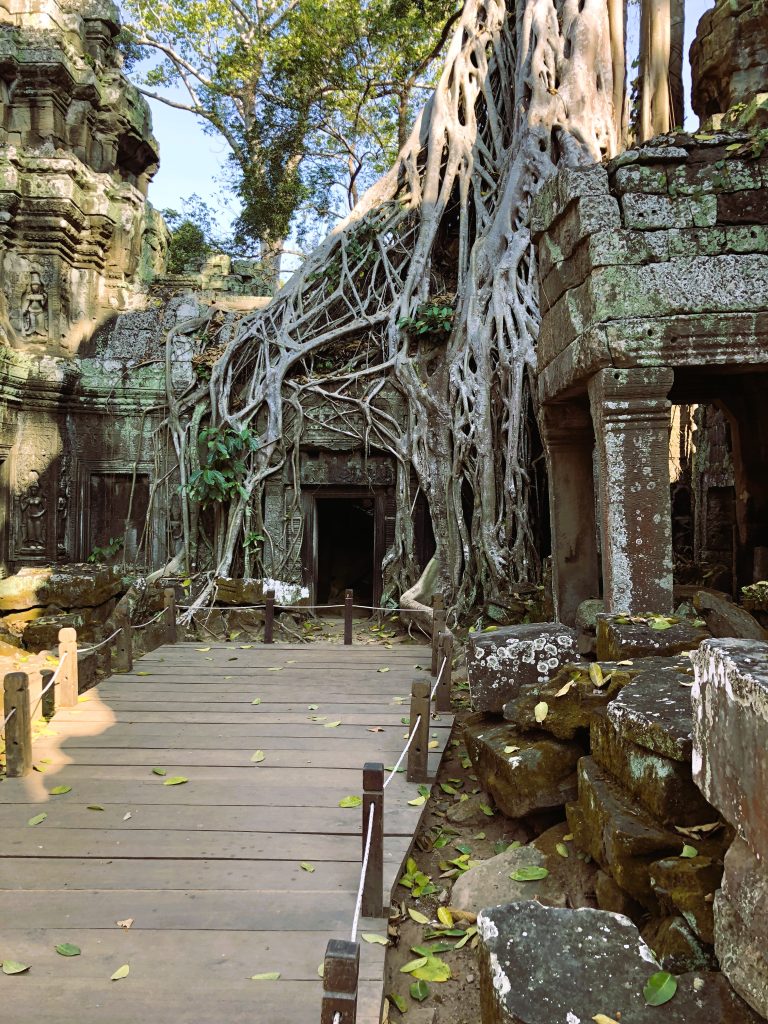
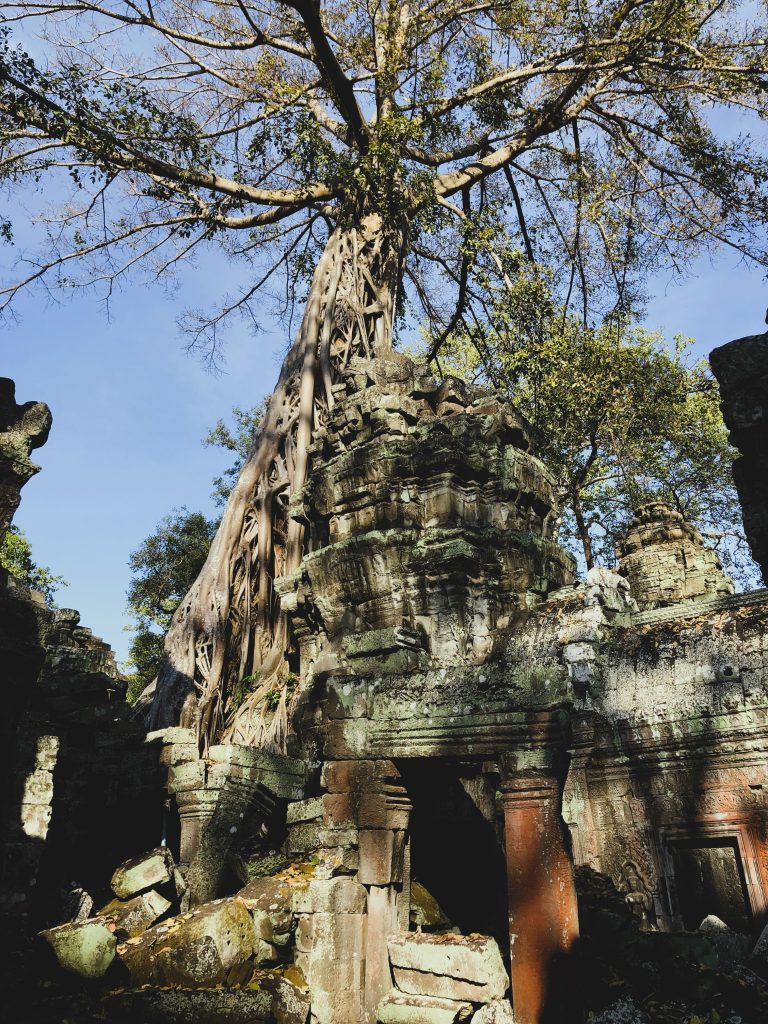
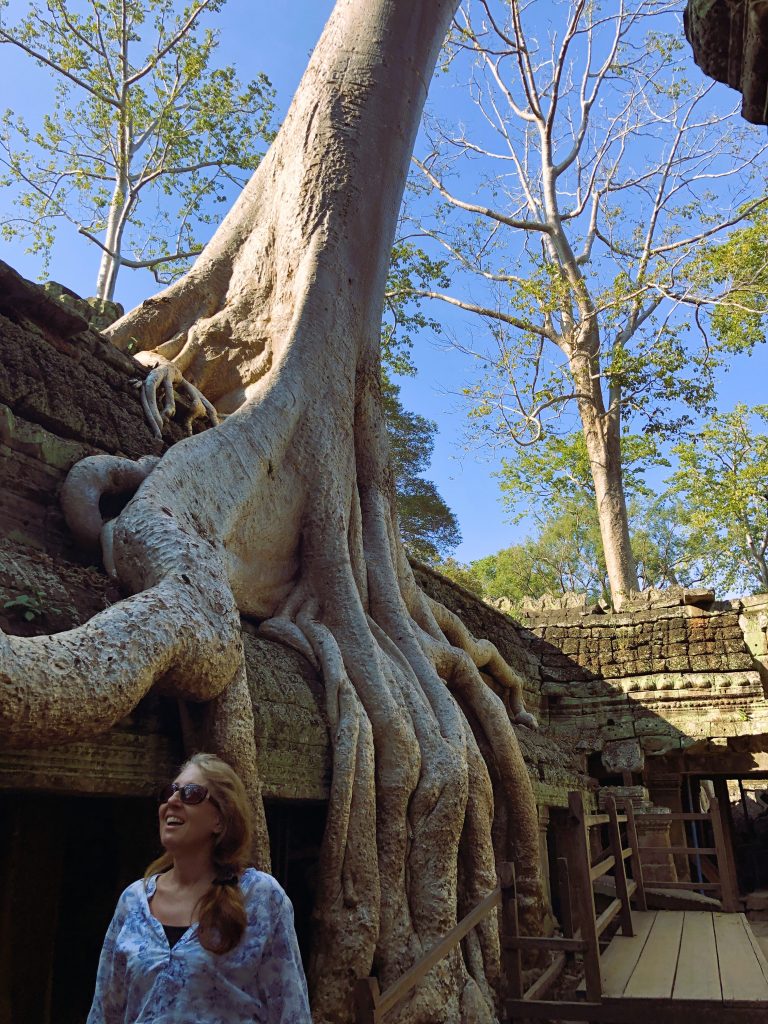
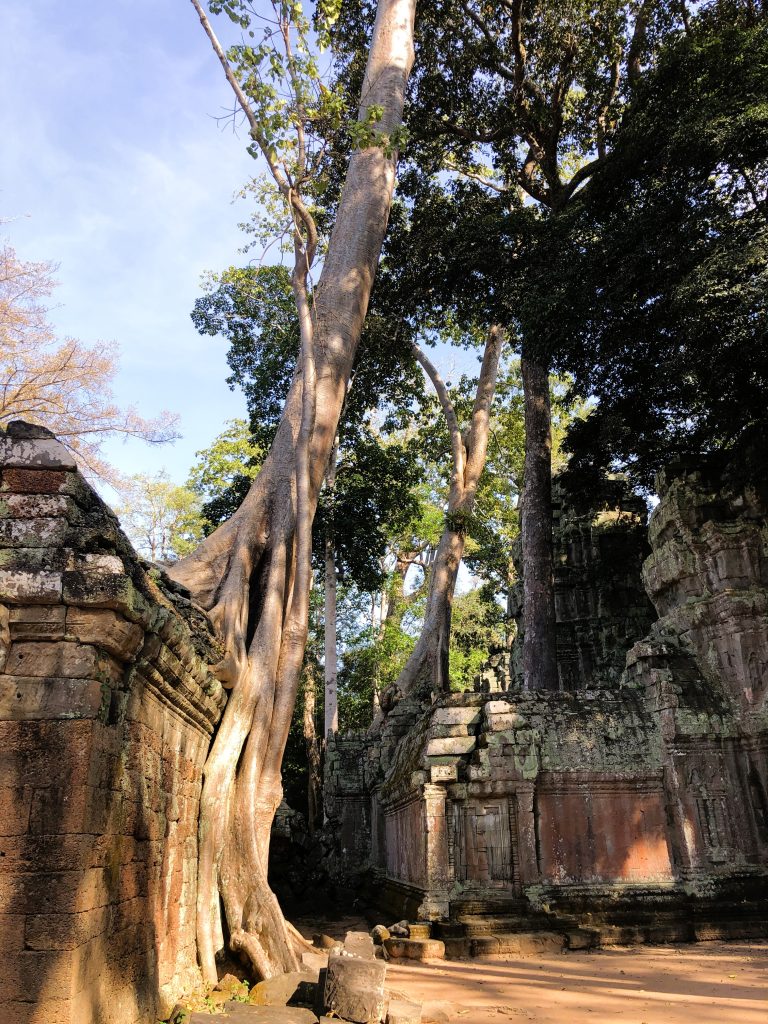
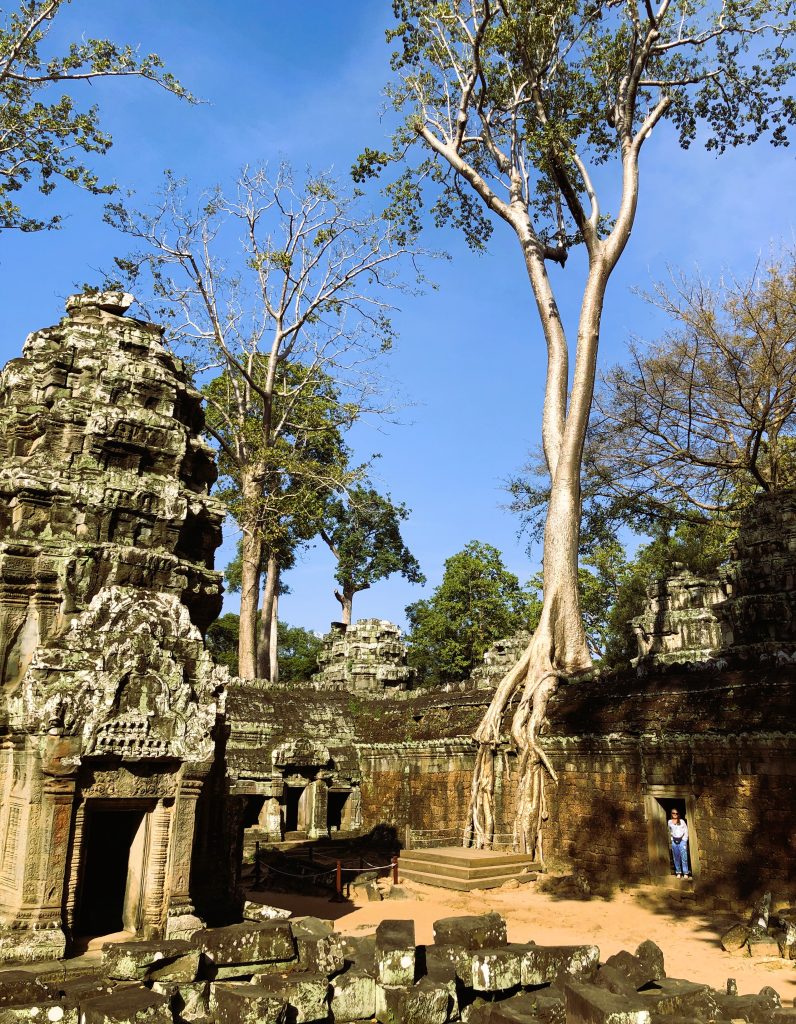
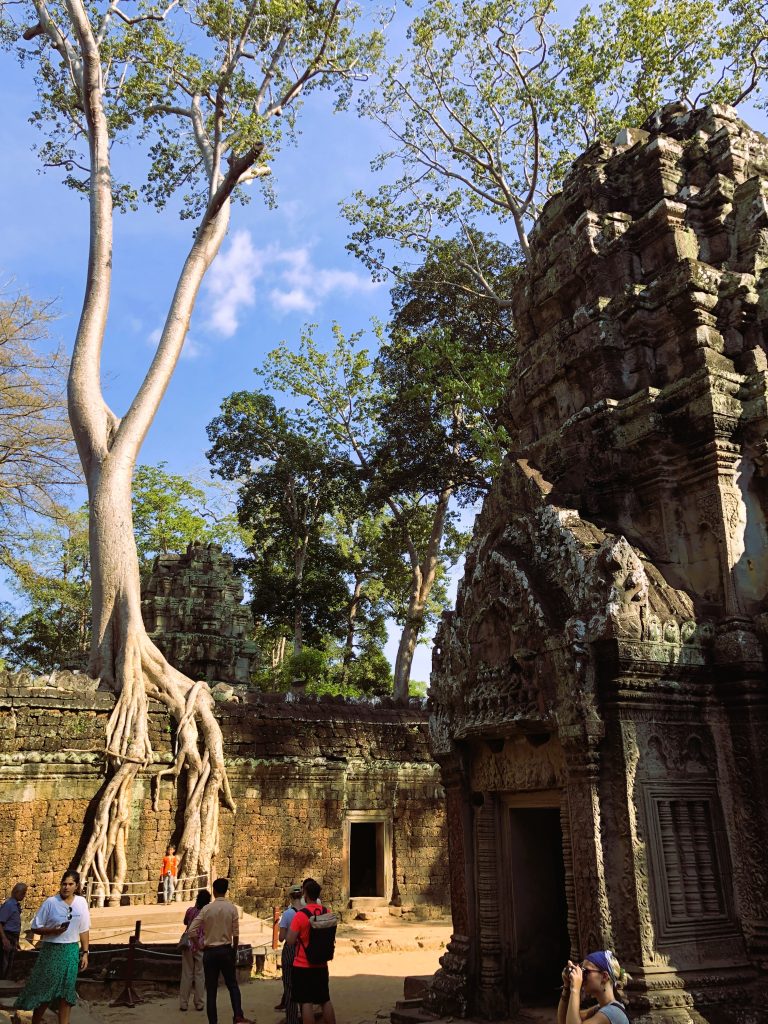
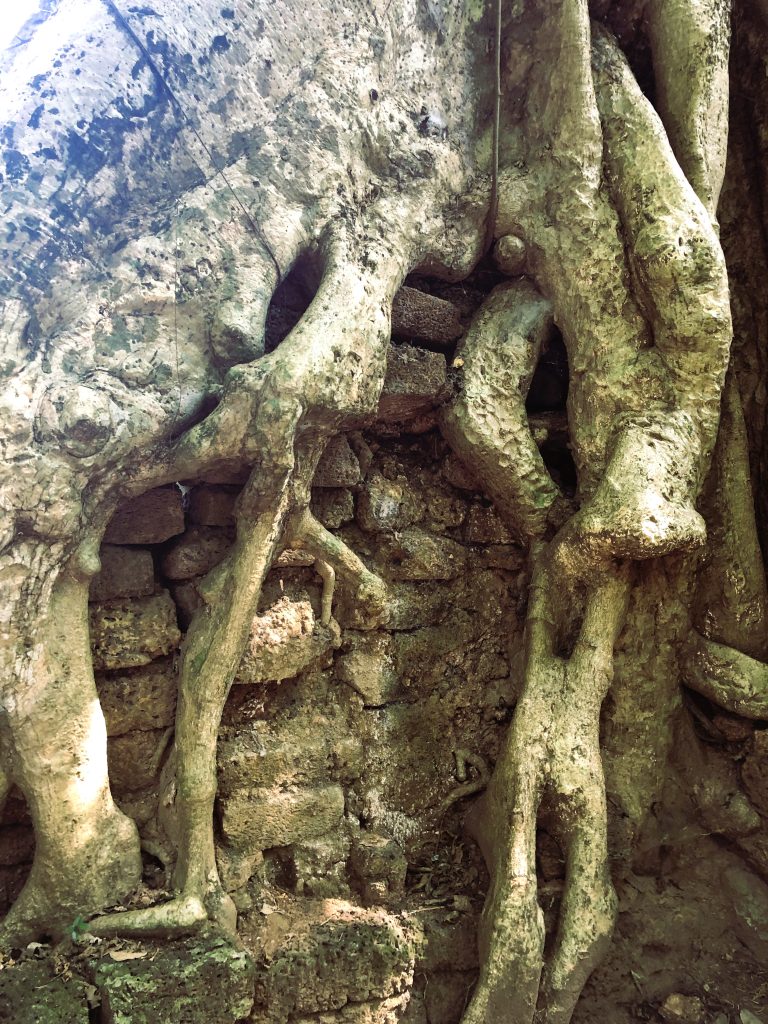
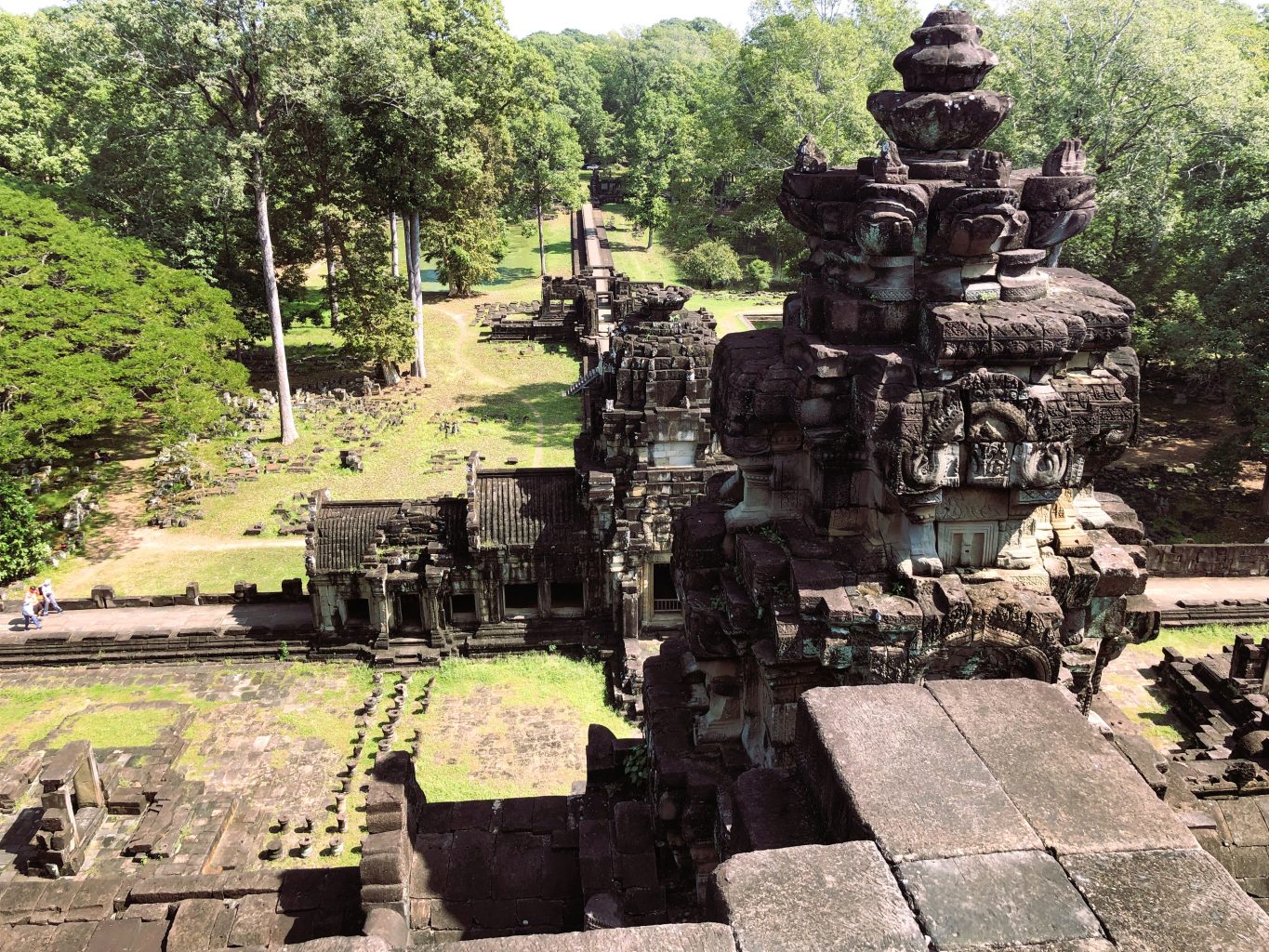
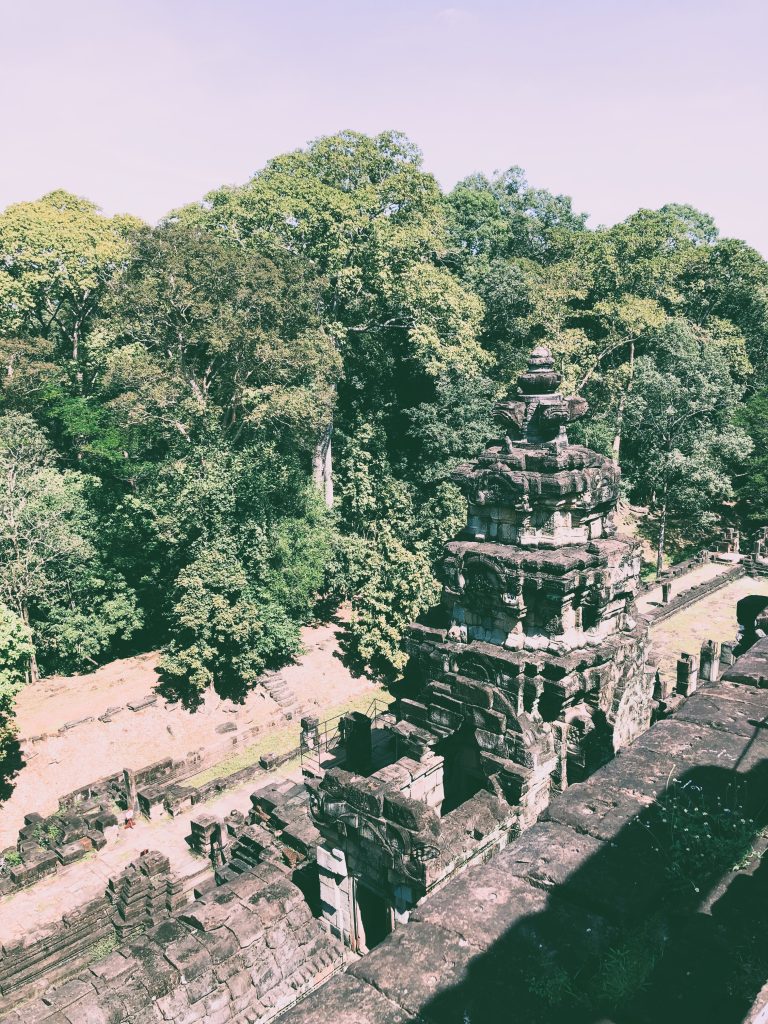
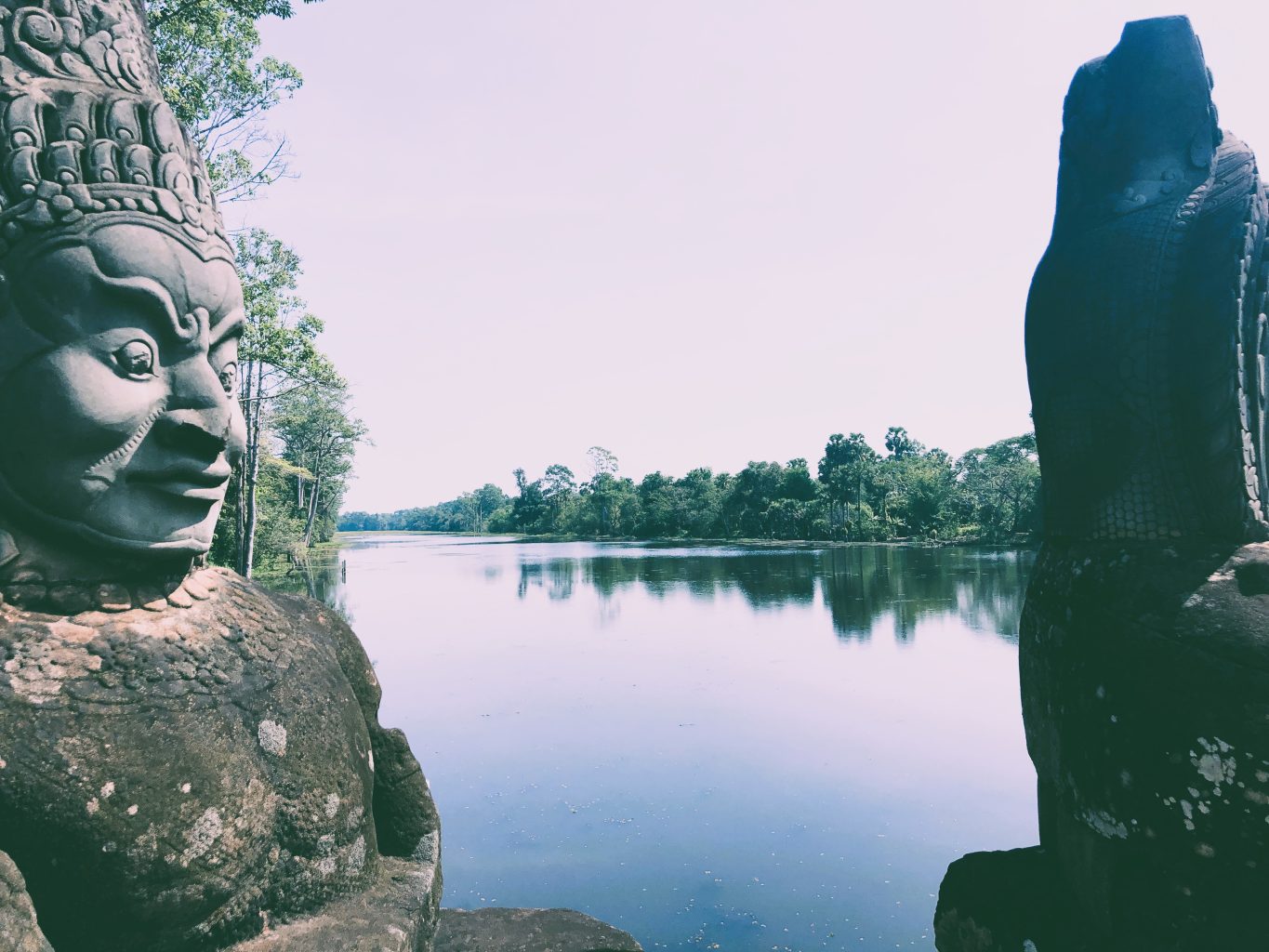
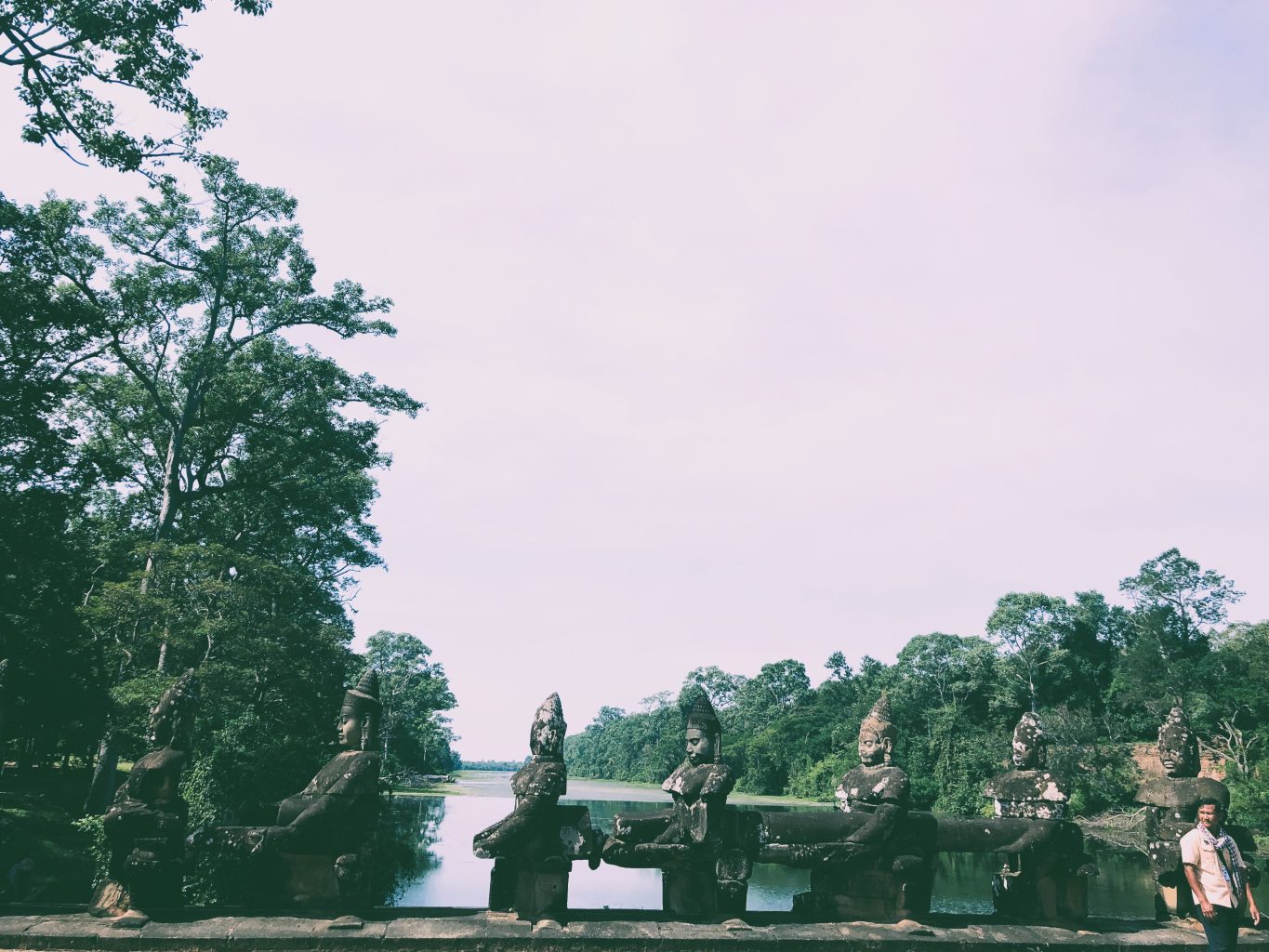
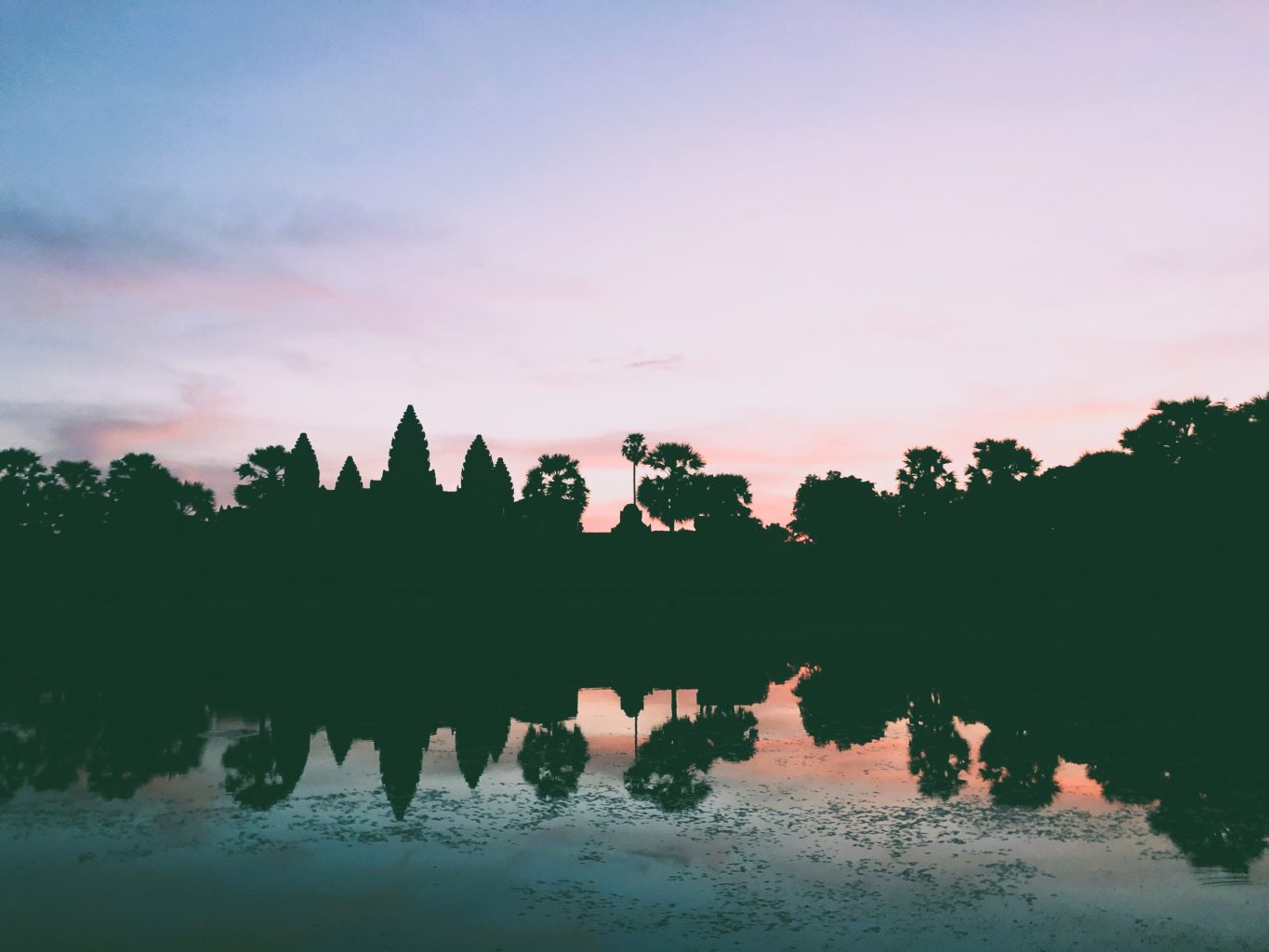
The Strangler’s Mysterious Origins
Let’s start with the basics. Strangler figs belong to the genus Ficus, which has over 800 species. These figs grow in tropical rainforests around the world, from Southeast Asia and Australia to Central and South America. Some of the most famous strangler figs include the banyan tree (Ficus benghalensis), the Florida strangler fig (Ficus aurea), and the Moreton Bay fig (Ficus macrophylla).
Here’s how their story begins: A bird or bat eats a fig fruit and drops its tiny seeds high up in a tree’s branches—or maybe on the cracks of a temple wall. That seed germinates, and at first, the young fig seems harmless. It starts as an epiphyte, which is a plant that grows on another plant without taking much from it. But don’t be fooled—this is no innocent bystander.
The fig begins to send down long, threadlike roots. They look almost delicate as they cascade toward the ground. But once those roots anchor into the soil, the strangler fig begins its transformation. Over time, those roots thicken, wrapping around the host tree like a slow-motion embrace. This process can take decades, but the end result is inevitable: the host tree is strangled, unable to compete for sunlight and nutrients. Eventually, it dies, leaving the strangler fig to stand tall and independent, with a hollow core where its host once stood.”
How Fast Do Stranglers Grow? And How Long Do They Live?
Now, if you’re wondering how long this drama takes to unfold—strangler figs are surprisingly quick growers. Once they establish roots in the soil, they can grow several meters in just a year under the right conditions. Some species, like the banyan, can spread their roots over an area of nearly an acre within a few centuries!
As for their lifespan, some strangler figs live for hundreds of years—possibly even more than a thousand. In places like Angkor Wat, these trees have been entwined with temples for centuries, becoming an inseparable part of the architecture.
Strangler Trees and Ancient Ruins
Speaking of temples, you’ve probably seen the famous strangler figs and silk-cotton trees (Ceiba pentandra) at Ta Prohm in Cambodia. Their sprawling roots seem to grip the temple walls, as if they’re holding the crumbling stones in place. But this relationship is a paradox. The roots both stabilize the ruins and slowly destroy them.
Angkor isn’t the only place you’ll find this phenomenon. Strangler figs have also taken over the temples of Preah Khan and Ta Som in Cambodia, the Hindu shrines at My Son Sanctuary in Vietnam, and even Mayan cities like Tikal in Guatemala. They turn human history into a stage for nature’s relentless drama.
And it’s not just ruins—these figs are reclaiming urban areas too. In cities like Singapore and Rio de Janeiro, you’ll find strangler figs growing on old buildings and bridges, blending human architecture with wild nature.
The Paradox of the Strangler
Now here’s what makes strangler figs so fascinating: they’re both destroyers and creators.
On the one hand, they’re ruthless. They kill their hosts—other trees, and sometimes even ancient monuments. But on the other hand, they’re essential to ecosystems. Their fruits feed an incredible variety of wildlife, from monkeys and birds to bats and insects. And the hollow cores they leave behind? They become homes for creatures like owls, snakes, and even bees.
Strangler figs are what ecologists call a keystone species. That means entire ecosystems depend on them to survive. Without strangler figs, the food chain in many tropical rainforests would collapse.
Folklore and Spiritual Connections
Strangler figs aren’t just biological marvels—they’re steeped in folklore and spirituality.
In Hinduism and Buddhism, the banyan tree is sacred. It’s seen as a symbol of immortality and enlightenment. In fact, the Bodhi tree, under which Siddhartha Gautama attained enlightenment, is a type of fig—Ficus religiosa.
But in many cultures, strangler figs have a darker reputation. Their hollow trunks and eerie shapes are often associated with ghosts or spirits. Some say these trees are haunted, housing the souls of the beings they’ve consumed.
What Strangler Figs Teach Us
So what can we learn from strangler figs? They show us that life is full of contradictions. These trees survive by taking, but they also give back in ways that are vital to their ecosystems. They destroy, but they also create. And while they might be the ultimate opportunists, they’re also master builders, shaping landscapes and cultures alike.
Next time you see a strangler fig—or a tree growing impossibly out of stone—stop and take a closer look. There’s an entire story written in its roots.
Thanks for tuning in to today’s episode. Don’t forget to subscribe for more stories about the amazing world of plants. And remember: even in destruction, there’s beauty.

